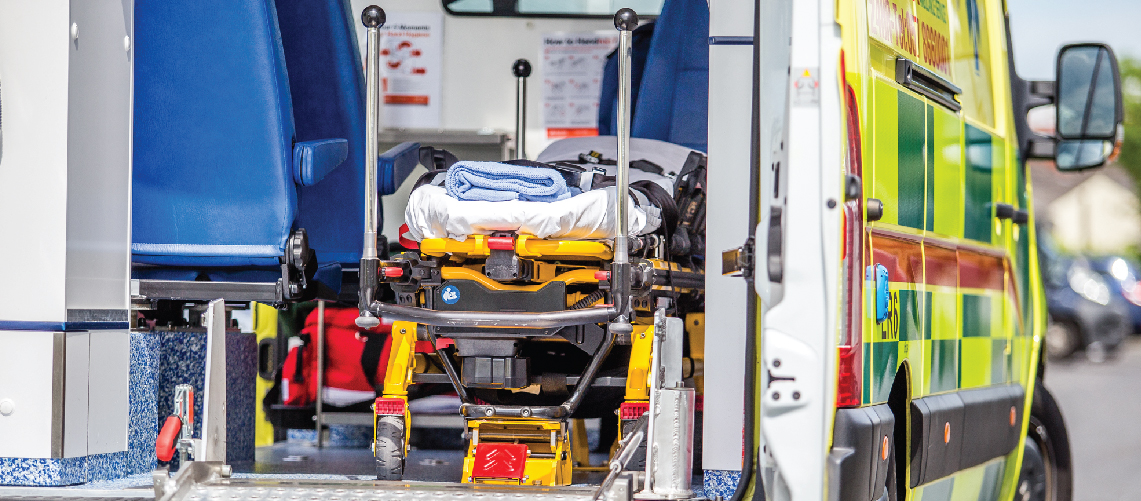
Heart Attack - The Roles of An Ambulance
Heart attacks are utterly unexpected yet require immediate attention. The most important decisions are made within the first few minutes of the heart attack. In fact, the first 6 minutes of the attack is considered as the moments that decide life and death. The outcome of the attack is entirely dependent on these first few minutes.
The person could be revived with CPR performed on the spot within the next few minutes but what is next? The person needs to be provided with immediate medical attention in order to increase the chances of survival. The coordination between the emergency medical transportation team and the hospital will become instrumental in increasing the chances.
Ideally, every hospital and the emergency transportation systems should be equipped to deal with the cardiac emergency situations. The systematic approach between the healthcare providers can significantly improve the situation.
How Ambulances Can Turn the Outcome of a Heart Attack
Emergency ambulances have been advanced, thanks to the compatible medical equipment that could be carried with ease. The modern-day ambulances are fully equipped and provide basic and advanced life support. The advanced ambulances or the cardiac ambulances are equipped with the defibrillator, ECG machine, ventilators and oxygen cylinders and other modern medical equipment.
Defibrillator - It is a device that is used to restart the heart that has been stopped working. The machine produces high energy electric shock to revive the heart. These devices could be seen in the public places in most of the developed countries.
ECG Machine - Electrocardiogram (ECG) is the diagnostic tool that is used to assess the functionalities of the heart. This test is simple to perform but the interpretation of the reports require medical expertise.
Ventilator - A medical ventilator or simply a ventilator is a machine developed to pump air into and out of lungs. This equipment could save lives when the person is unable to breathe or his/her own. The patients can be ventilated not only through the modern machines but also by the hand-operated bags.
Oxygen Cylinders - As the name implies, these tanks consists of oxygen and fitted in the emergency ambulances. Manufactured in portable sizes, these cylinders occupy less space and they are easy to carry around.
As soon as the ambulance arrives on the spot, the paramedics analyze the condition by assessing the symptoms swiftly.
Emergency ambulances services play a major role in providing the timely care for the people with heart conditions. The World Heart Federation has declared September 29th as the day for heart health. The federation urges the public to know and increase the awareness on the heart-related health issues as prevention is always better than cure. With increased coordination during a heart emergency, the ambulances and the hospitals could save numerous lives.


